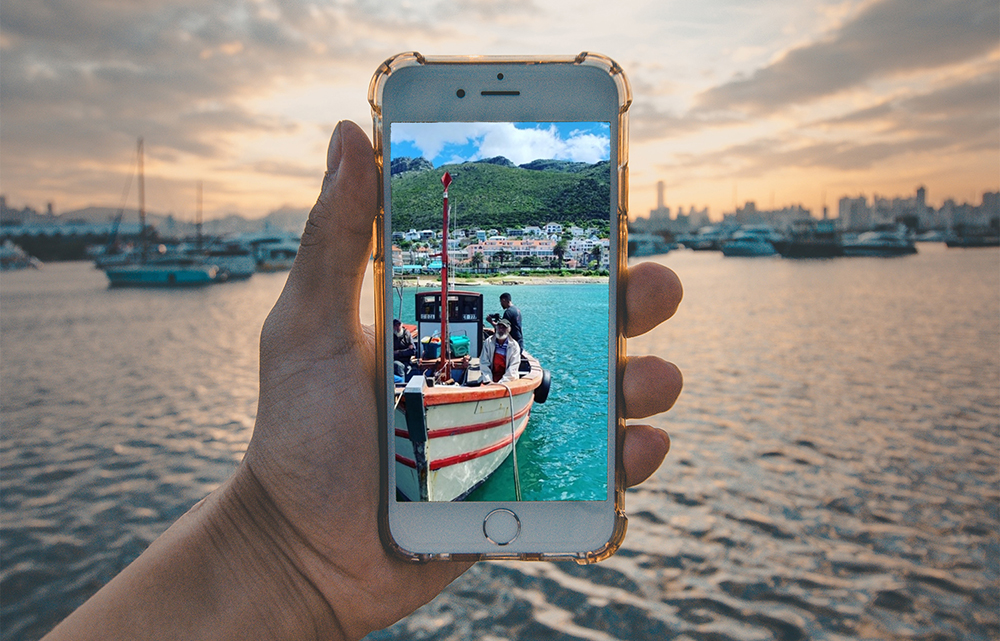
By Traci Linder (FishWise) and Fiona Lugo-Mulligan (Future of Fish)
It’s the Information Age. And, if you, like us, wonder how developments in information and communication technologies (ICT) can help advance sustainability and traceability in small-scale fisheries…then read on!
FishWise and Seafood Alliance for Legality and Traceability (SALT) Project Director Traci Linder and Future of Fish (FoF) Traceability Program Director Fiona Mulligan recently attended the ICT4Fisheries 2019 conference where such wonderings were at the heart of the discussion. FoF and FishWise have long collaborated on a variety of traceability projects, sharing experiences and resources in the ethos espoused by SALT—we’re more effective when we work together.
This spirit is reflected by ICT4Fisheries as well. Hosted by Abalobi and Blue Ventures in Cape Town, South Africa, the October conference brought together a wide range of individuals who design and implement electronic catch documentation technologies (eCDT)—from fishers, to government, to NGOs—to have honest conversations about using technology in small-scale fisheries around the globe.
Top Five Takeaways on how ICT can help Small Scale Fisheries:
1: Co-design is critical to the uptake and success of technology use in fisheries. A human centered design (HCD) process incorporates both the abilities and needs of the users. This approach helps ensure a realistic understanding of existing resources as well as the technological and human capacity available. Collaborative development around ICT technologies helps to create best-fit applications and data systems that integrate existing technologies where appropriate and support interoperable systems that meet the needs of the population who will be using it. Additionally, this process can help build a foundation of trust between those providing and receiving data—a critical condition for long-term project success and scalability.
2: A successful design process incorporates both technical literacy and visualization preferences. Different users will have varying reactions to a new proposed technology. The level of comfort with technology is influenced by the complexity of the technology itself as well as embedded factors such as age, gender, years of education, and existing access to or use of similar technologies. Understanding this range of comfort levels is important to uptake and long-term success of that technology. Similarly, once data is collected and analyzed, it needs to be presented back to the user in a way that is easy to understand—”small” differences, such as presenting information in a pie chart vs. a bar graph, may be a critical point that either catalyzes additional use or deters potential users.
3: Technology can play a key role in closing the gender gap. Providing women with the ability to independently own and sell their own ideas, data, and products through a digital platform for financial gain creates opportunities for traditionally marginalized groups to voice their opinions and directly profit from their labor regardless of their role in the supply chain. This process of gender empowerment not only directly benefits women, it can also be a powerful tool to change the attitudes of men regarding their view of the role and value of women within the fishing industry.
4: Digital records are a powerful form of credibility. Proof of fishing grounds, historic occupation, and level and consistency of income can be difficult, if not impossible, to prove for fishers, who often keep poor to non-existent paper records. Utilizing emerging technologies to track and record key data elements (KDEs) such as vessel location and time spent at sea, trip costs, gear type, and catch are critical tools for many fishermen to obtain permits or prove origin and legality of their products. Traceability technologies can also be designed to collect and store transactional information, providing proof of income for fishers to use as digital credibility when applying for loans. Ways for fishers to best understand, access, and share these records should be agreed upon early in the co-design process.
5: Technical vendors are an integral part of successful systems. At the moment, seafood technology vendors and NGOs are playing a critical role in seafood supply chains as the creators and managers of traceability technologies; oftentimes taking on additional roles such as data collectors and analyzers, logistical coordinators, market access providers, technical trainers, scientific assessors, and policy advisors. While government agencies may eventually take on many of these roles, at the moment the majority of funding and time being invested into ICT systems for fisheries is largely driven by external providers.
Both Future of Fish and SALT are incorporating these learnings into our own work in the field—through implementing lessons learned as well as through comparative site visits—looking at how common barriers are overcome within and among eCDT pilots. Additionally, we’re working on incorporating what we learned into our own design principles: eCDT principles through SALT, and Data Modernization design through Future of Fish.
- To learn more about the ICT4Fisheries conference please take a look at the video posted here.
- To learn more about the technology solutions available to improve seafood traceability and combat illegal fishing, check out SALT’s Seascape Map for a list of technology providers around the globe.
- To learn more about Future of Fish’s work to advance holistic data modernization in fisheries departments, please contact Fiona at fmulligan@futureoffish.org.
Published Dec 04, 2019




